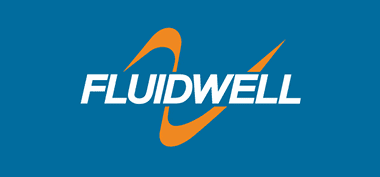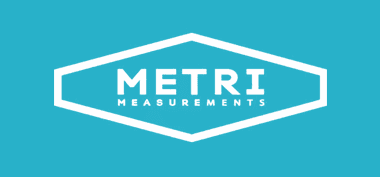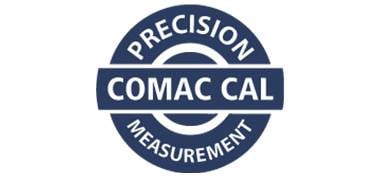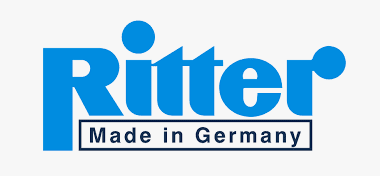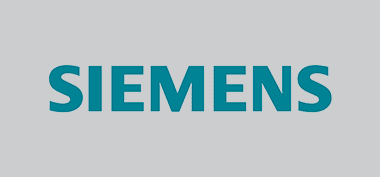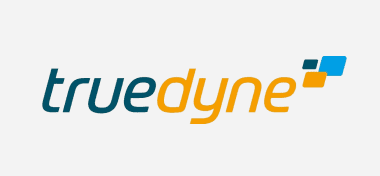Level Sensor Selection Guide
Introduction
Numerous principles of operation and design variations together with the consideration of installation parameters, location, and operational economies, can make selecting the correct level sensor a daunting task. We are here to help…
The main questions which need to be considered before selecting a level measurement sensor:
- What are the contents being measured – liquid, solid, slurry or powder?
- Are level measurements required either continuous or will point level (discrete) measurements suffice?
- What are the minimum and maximum temperatures and pressures associated with the application?
- What is the required level measurement range?
- What measurement accuracy is required?
- Is it possible to penetrate the vessel wall to accommodate an insertion level instrument or locate the level instrument inside it?
- If liquid, is there any turbulence, foam or vapour at the surface?
- Is an integral display or remote display required?
- What kind of output / alarms are required eg analogue, relay, etc ?
| Medium | Ultrasonic | Hydrostatic | Vibrating | Float | Radar | Capacitance | Electromech |
| Clean Water | Yes | Yes | Yes | Yes | Yes, but costly | Yes | No |
| Dirty Water | Yes | Yes | Yes | Yes | Yes, but costly | Yes | No |
| Chemicals | Yes | Yes | Yes | Yes | Yes, but costly | Yes | No |
| Slurries | Yes | Yes | Certain Designs | No | Yes | Certain Designs | No |
| Bulk Solids | Yes | No | Certain Designs | No | Yes | Yes | Yes |
| Open Channels | Yes | No | No | No | No | No | No |
Need Advice?
iCenta is a instrumentation and control solution specialist with experience in control technologies for diverse applications, fluid types and process conditions. Call iCenta now for advice, sales & technical information on 01722 439 880.


